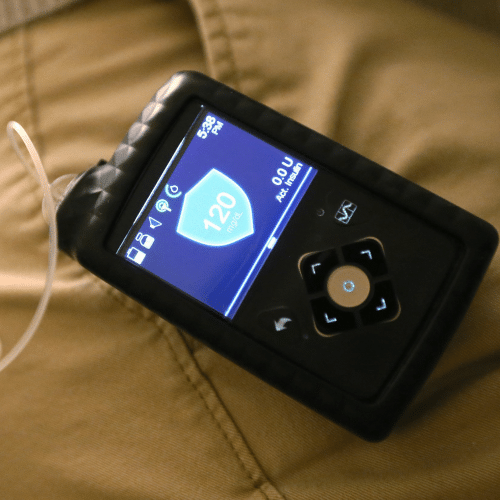Attention FDA: All Medical Technologies Are Not Alike
COMMENTARY

What exactly is a “medical technology?” It depends who you ask, but the general definition is it’s a tool that addresses a health care need. But, just as all health care needs are not the same (allergies are one, cancer another), neither are medical technologies.
This is pretty much common sense, so it’s surprising that the Food & Drug Administration has opted to lump all medical devices into one regulatory basket when it comes to managing supply chain and shortage issues.
The FDA has issued guidance — Notifying FDA of a Permanent Discontinuance or Interruption in Manufacturing of a Device Under Section 506J of the Food, Drug & Cosmetic Act — and recently held a multi-day public stakeholder meeting to give medical device manufacturers assistance in complying with laws requiring manufacturers to notify the agency of a permanent discontinuance or disruption in the manufacture of a device during or in advance of a public health emergency. That’s good.
The problem is that the FDA fails to acknowledge something very basic — all medical devices are not the same. There’s no recognition, for example, between multi-use devices, such as imaging systems, and single-use medical devices, defined by the FDA as a disposable device intended for use on one patient during a single procedure. The result is that the agency will mandate the collection of vast amounts of information it doesn’t need to avoid or ameliorate a product shortage during a public health emergency.
It would be a costly mistake for the FDA to apply a one-size-fits-all approach to medical device supply chain challenges in all health care technologies without recognizing the need for more specific requirements based on the actual technology, be they multi-use devices, single use devices or drugs. Such an unsophisticated approach fails to address the root causes behind real health care technology shortages. In short, rather than fix the problem, it creates more costs and complications.
The good news is that manufacturers have extensive resources dedicated to supply chain management and have every incentive to forecast and mitigate supply chain challenges.
To address these concerns, the FDA guidance should be more precise in scope to quantitatively help prevent or mitigate shortages during or in advance of a public health emergency, specifically:
- The agency shouldn’t require reports on devices that are not relevant to supply chain shortages. Such overbroad regulatory language will needlessly burden manufacturers and lead to irrelevant information overloading an already under-resourced FDA.
- Discussions regarding supply chain challenges shouldn’t conflate medical devices and pharmaceuticals. They are different technologies and must be addressed differently. For example, medical devices often contain hundreds or thousands of parts and components, significantly more than even the most advanced pharmaceuticals.
- The FDA’s guidance must account for differences between consumable and multi-use or capital equipment, such as a CT, MRI, linear accelerator or colonoscope.
- The FDA should recognize distinctions with a difference between capital equipment, such as imaging equipment, drugs or single-use devices.
- There are often multiple device vendors that have several versions or models of the same device types in use, whereas pharmaceuticals tend to have few if any alternatives. If one device manufacturer experiences an interruption in production, there are usually numerous options to fulfill market demand.
- Hospitals have an installed base of “redundant” imaging equipment — similar systems installed from multiple manufacturers for use — often for multiple years.
- Capital medical equipment is often built to order, not built to stock, as is typical with drugs and single-use devices.
- A significant portion of the new market for capital equipment is replacing devices already in use, meaning health care facilities continue to use the products they already own for patient care in the event of an unexpected delay in receiving new systems.
The current guidance, as written, could overburden manufacturers, leading to expensive and irrelevant paperwork being submitted to the agency, wasting valuable agency capacity and resources that are not helpful in addressing issues relevant to product shortages. The agency should also consider what kinds of regulatory flexibilities it can implement during public health emergencies that will enable manufacturers to better manage their suppliers and mitigate shortages.
Simply put, medical imaging and multi-use technologies are unique, and the FDA should account for these differences in health care technologies in its shortage reporting requirements. More information isn’t always better. Communicating the right information about the right devices at the right time between manufacturers and the FDA is the key to success.
Peter J. Pitts, a former FDA associate commissioner and member of the United States Senior Executive Service, is president of the Center for Medicine in the Public Interest and a visiting professor at the University of Paris School of Medicine. You can reach him on LinkedIn.






















